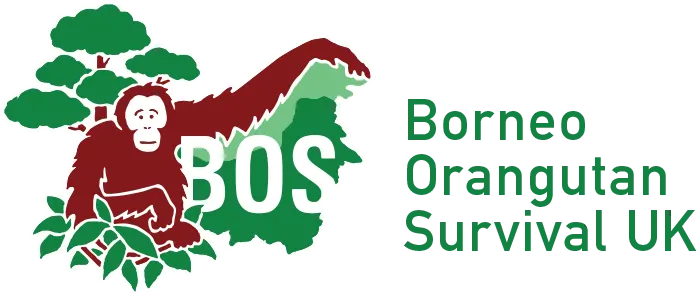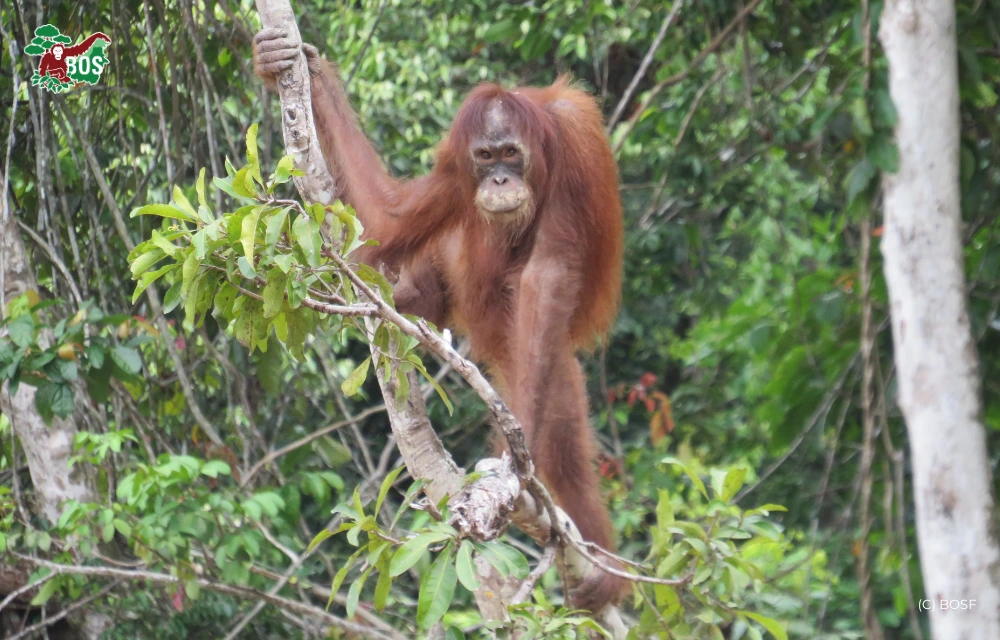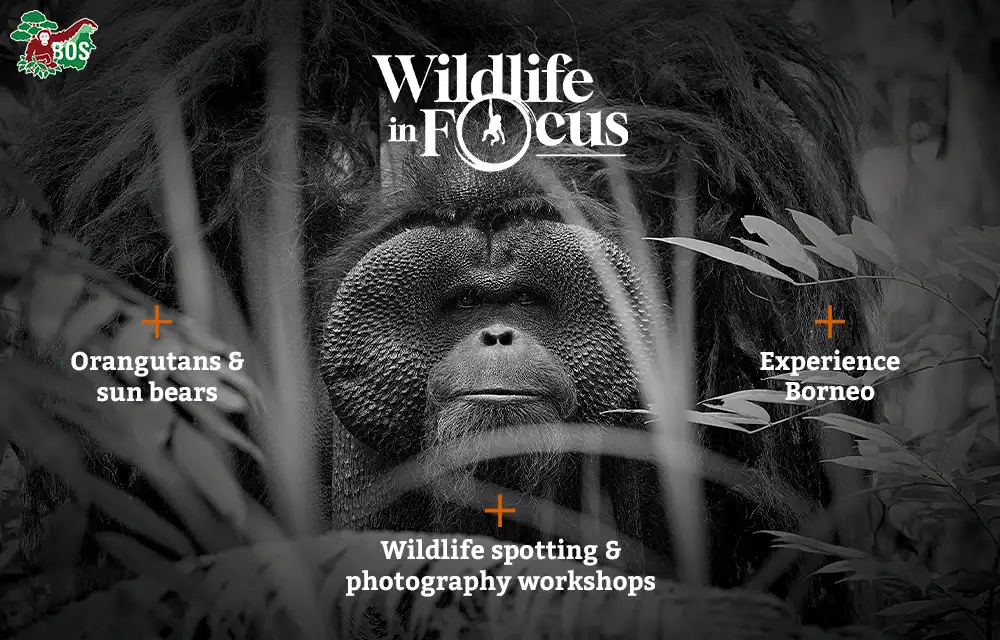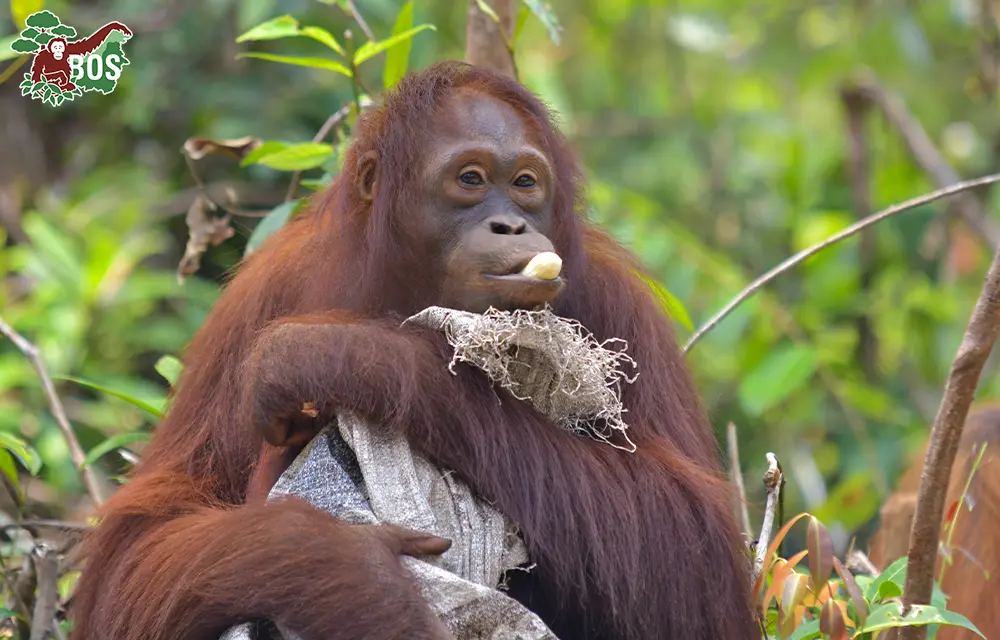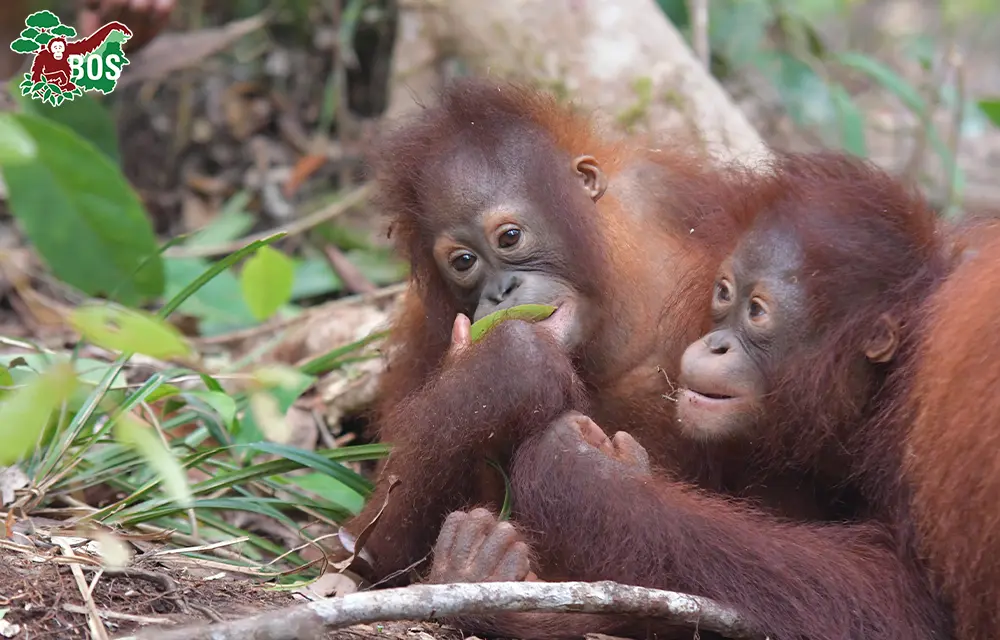Recently, several orangutans on our pre-release islands have been undergoing recovery from skin health issues. These orangutans were exposed to the rengas tree (Gluta renghas), a plant known to be dangerous for both human and orangutan skin.

The rengas tree is commonly found in tropical rainforests of Indonesia, including Kalimantan. While it thrives in the wild, its sap is highly dangerous upon skin contact. The toxic compounds in the sap, including glucosides and resins, can cause severe allergic reactions. Symptoms may include itching, redness, swelling, and rashes. In more severe cases, the affected skin may feel as though it has been burned and may even peel.
For humans, direct contact with the rengas tree often leads to severe contact dermatitis, particularly in those with sensitive skin. Symptoms usually appear 24 to 48 hours after exposure and can last for weeks. Orangutans, despite having thicker skin than humans, are still susceptible to similar effects when exposed to this plant.
As part of our rehabilitation efforts, our enrichment, animal welfare, and medical teams quickly provided treatments to address the skin issues caused by exposure to the rengas tree. The first step was relocating affected orangutans to a safer environment, away from areas with a high risk of further exposure to the toxic plant. This precautionary measure ensures that their skin irritation does not worsen. Our veterinarians also routinely provide supportive treatment such as vitamin D, vitamin E and Snakehead murrel supplements to speed wound healing.
In cases where orangutans suffered from severe irritation, they were transferred to the clinic at our rehabilitation centre. There, our medical team provides cetirizine and applied topical ointments with antiseptic properties to prevent further infections in the affected areas. These ointments also contained ingredients designed to accelerate wound healing and alleviate itching. Of course, treatment will differ if other examinations such as temperature checks, palpation, the intensity of their scratching, and blood tests have been completed. The treatment will vary depending on the level of injury and condition of the orangutan.
Thankfully, many orangutans affected by dermatitis have shown significant signs of recovery. The healing process varies depending on the severity of the condition and the individual’s response to treatment. During this time, it is essential to ensure that the orangutans avoid further contact with the rengas tree to prevent recurrence or additional injuries.
Prompt and effective treatment is crucial to ensure that orangutans affected by dermatitis can regain their health and resume their normal lives. Our medical team remains committed to providing the best care for orangutans undergoing rehabilitation and preparing them to face the challenges of living in the wild.
Text by: Communication Team, BOS Foundation Headquarters, Bogor, West Java
Will you help us rescue, rehabilitate, and release orangutans back to freedom? Thank you!
